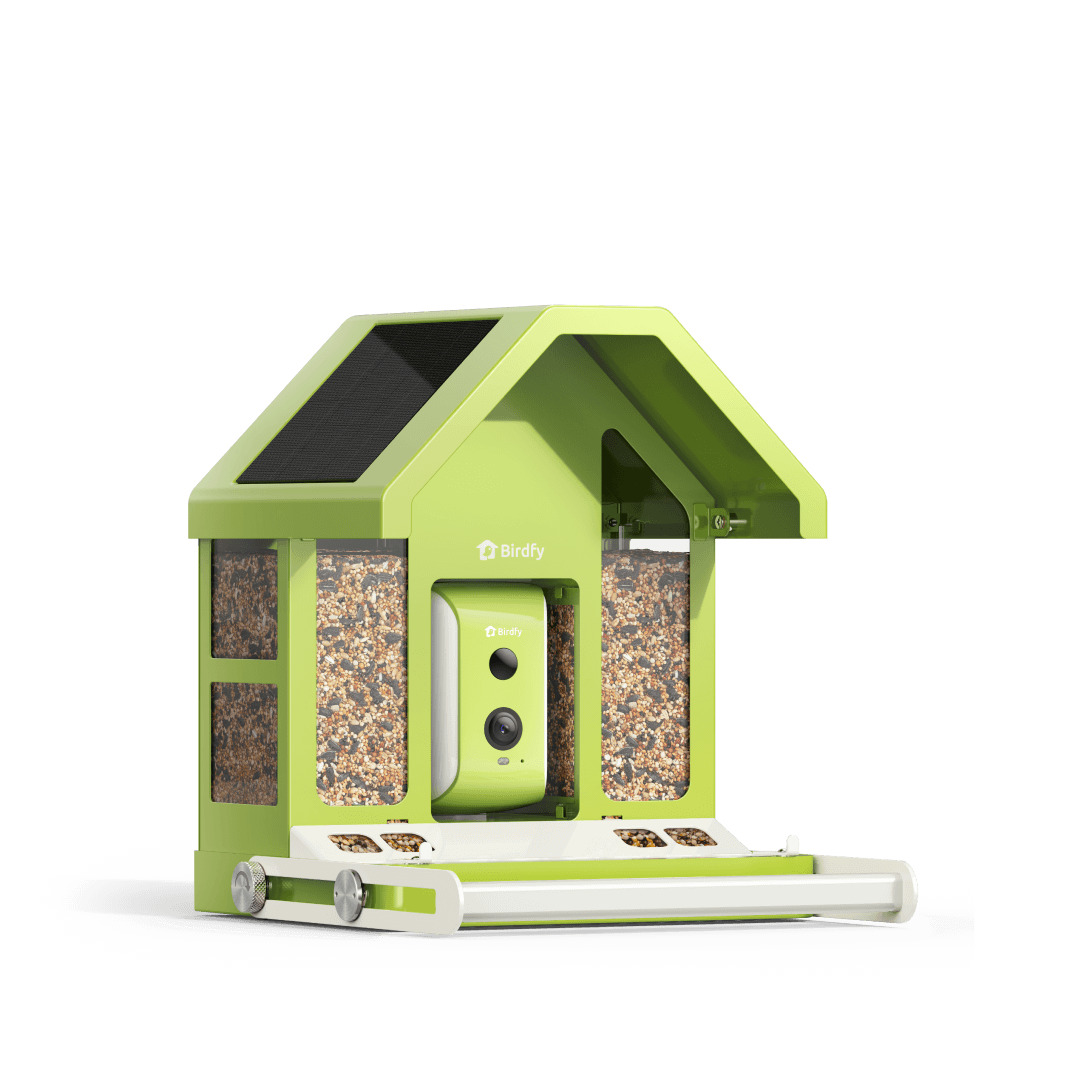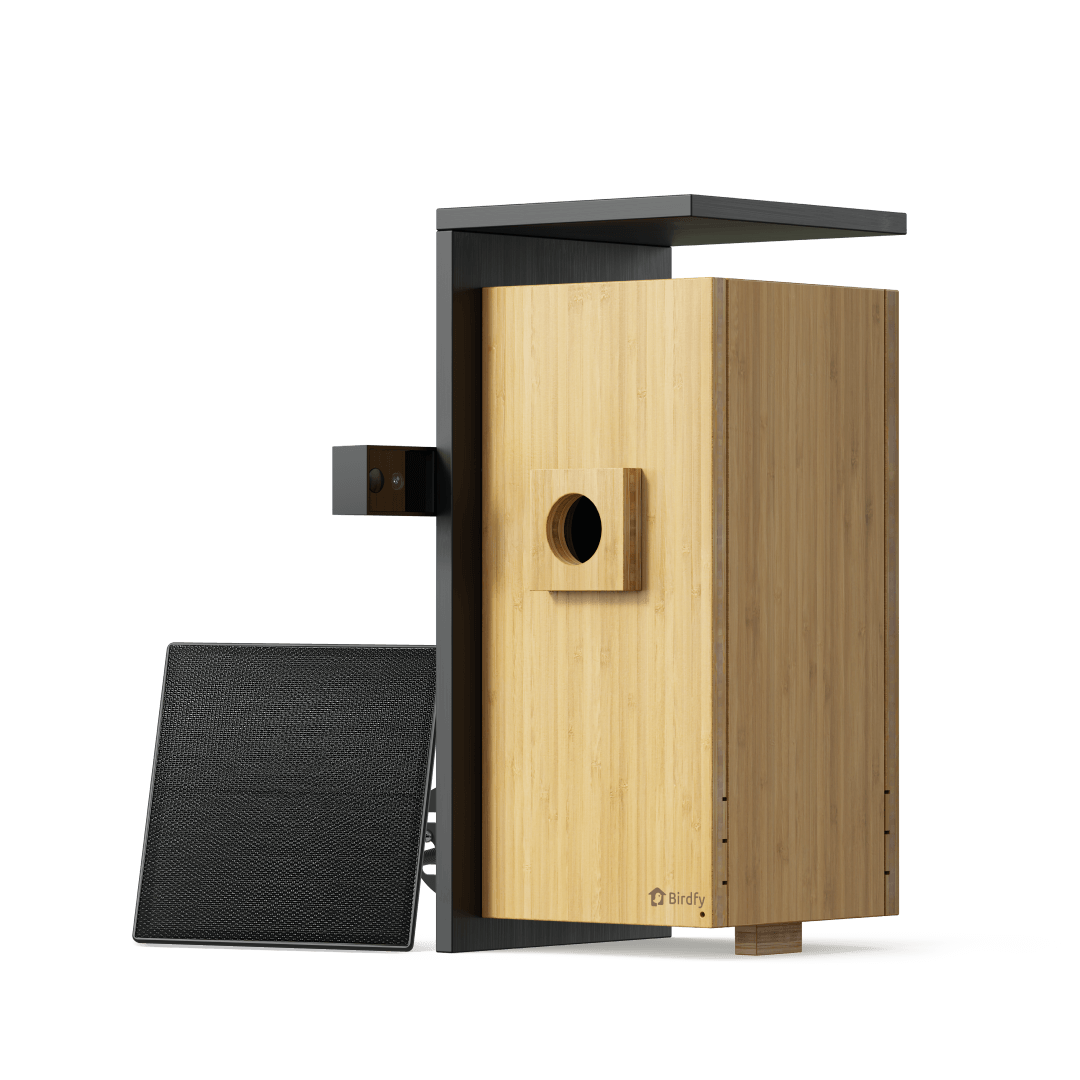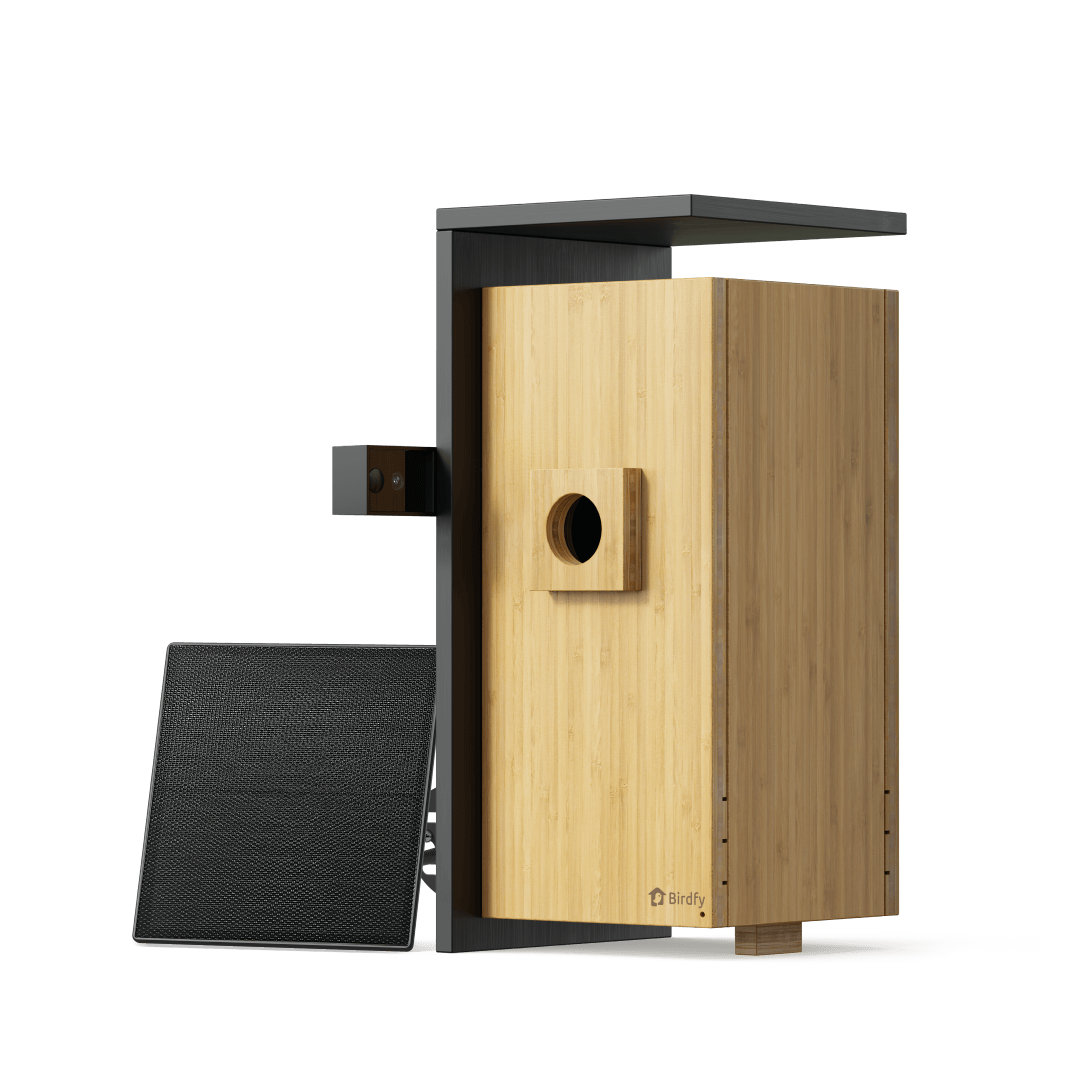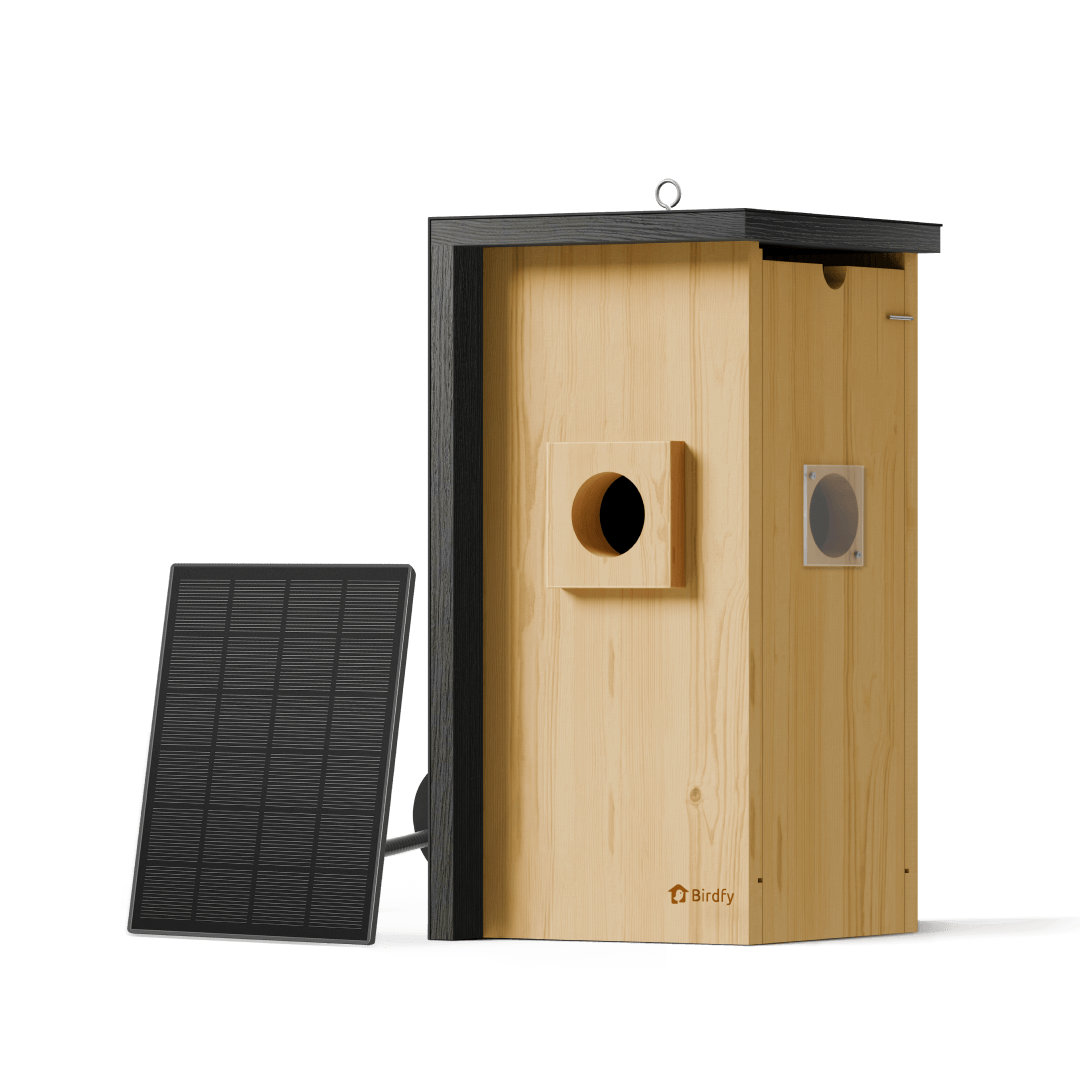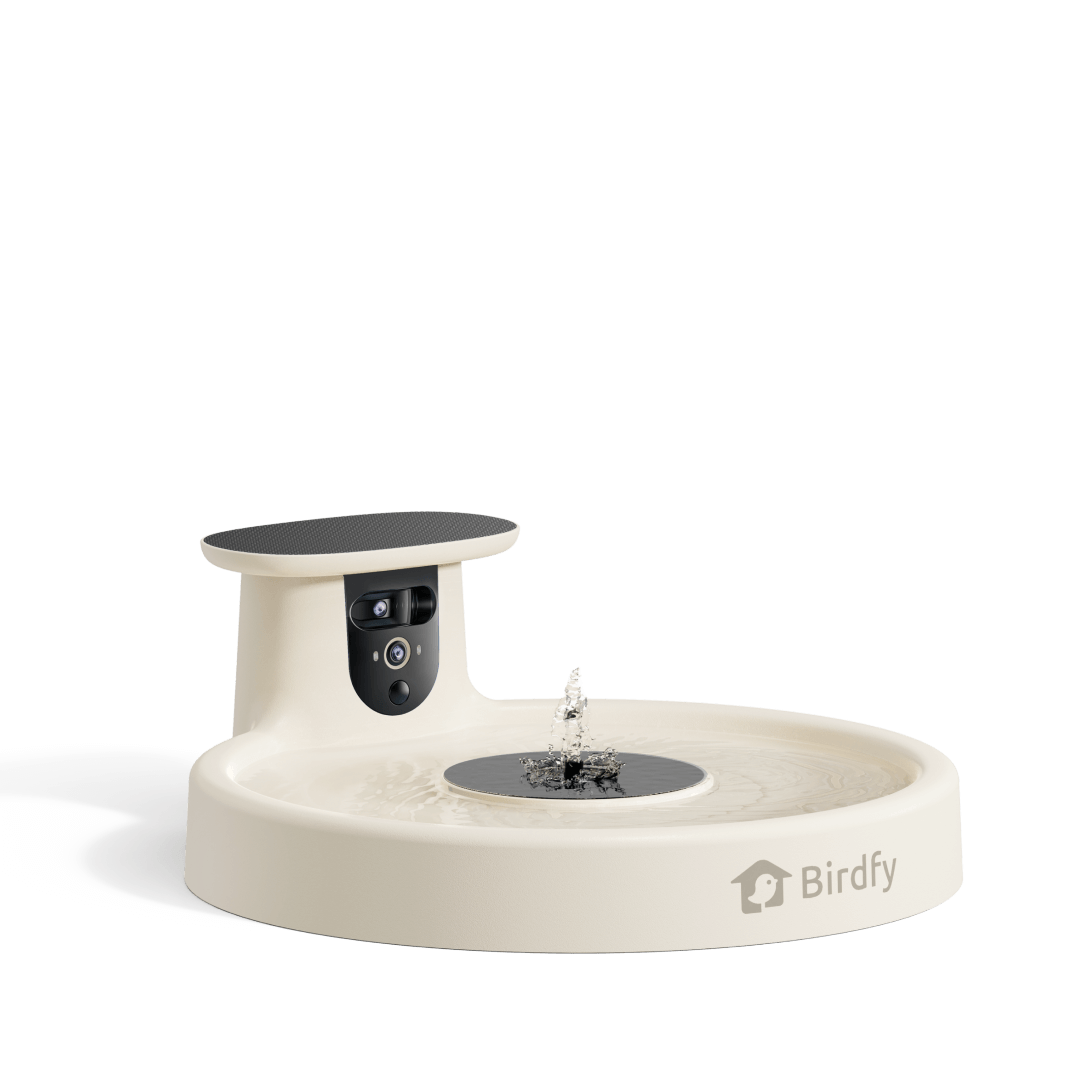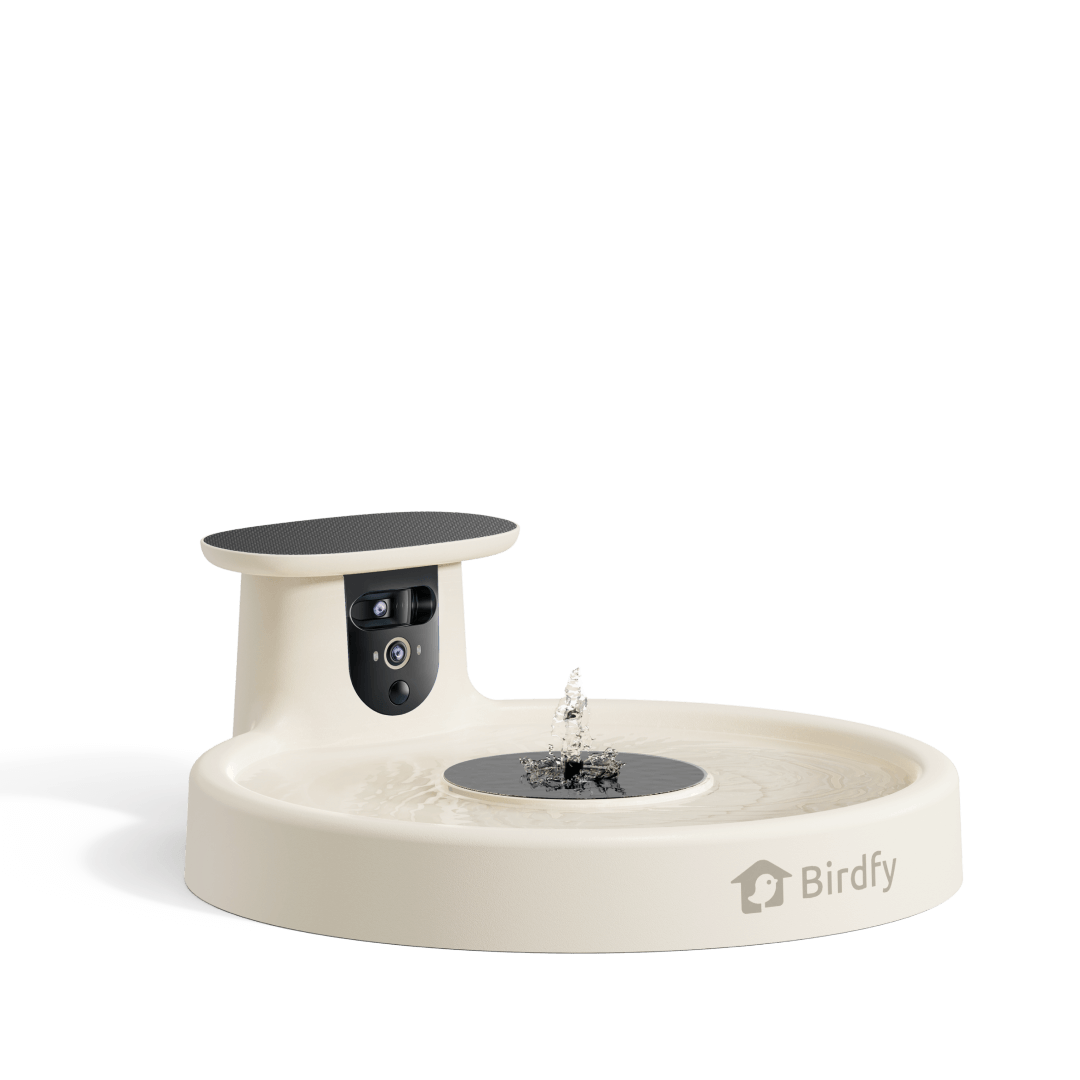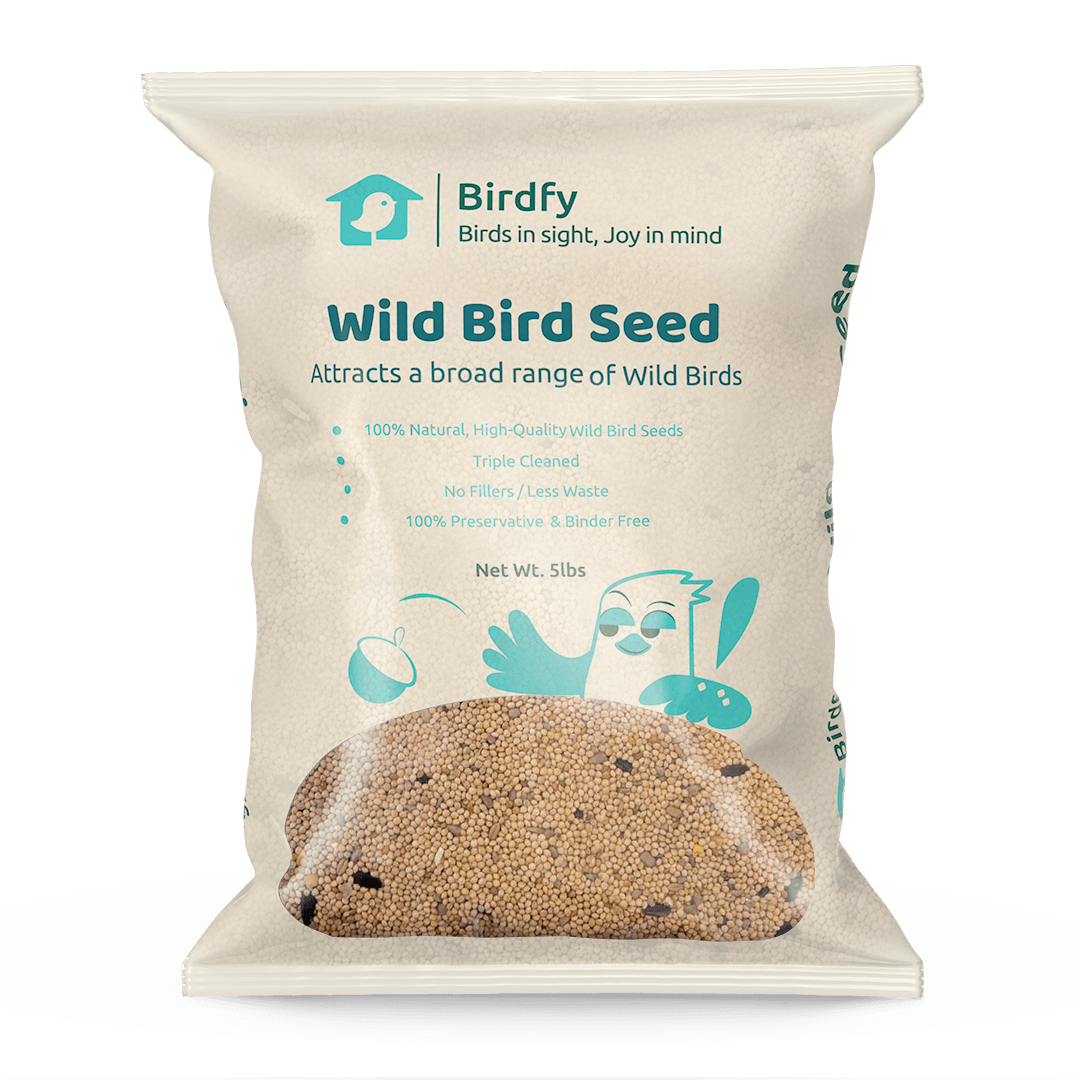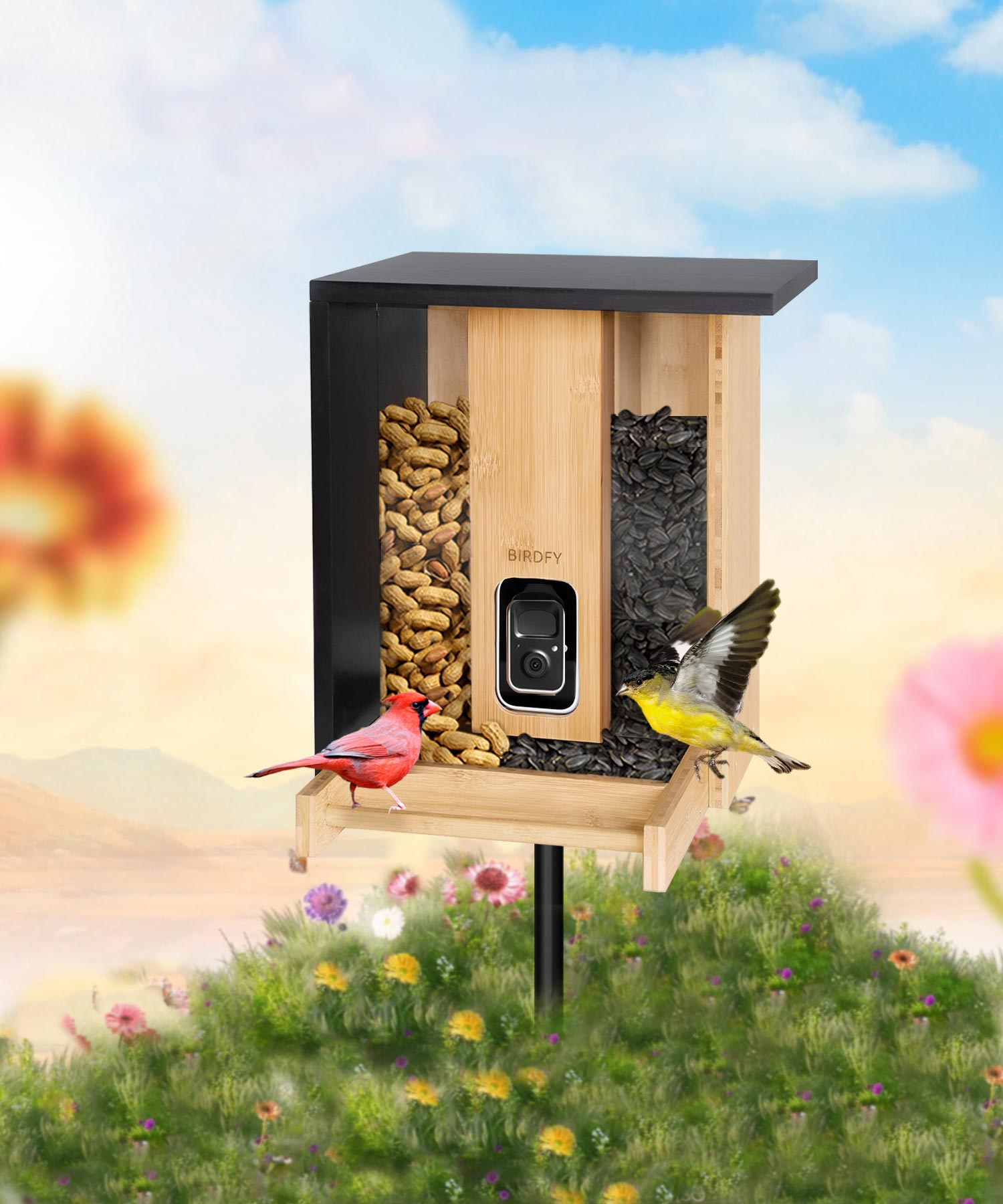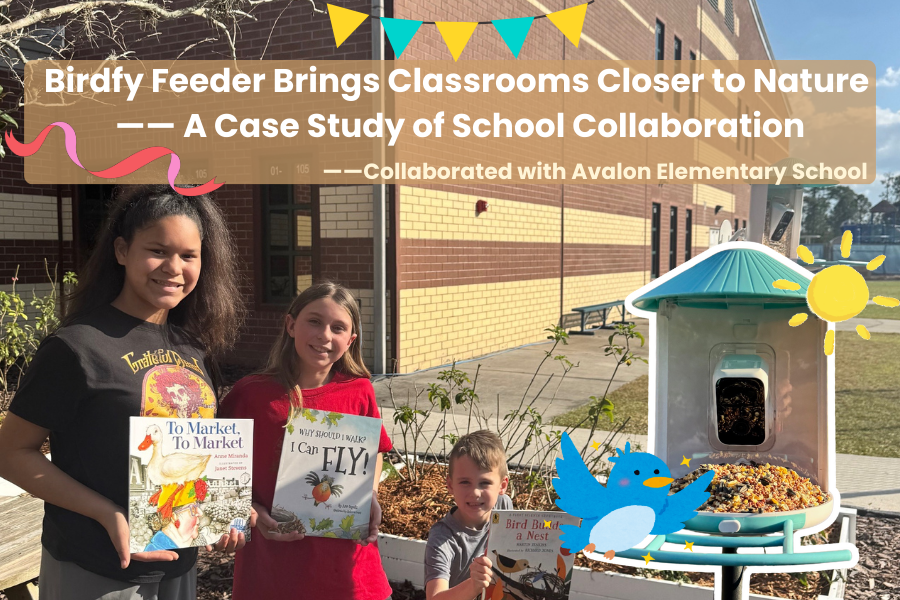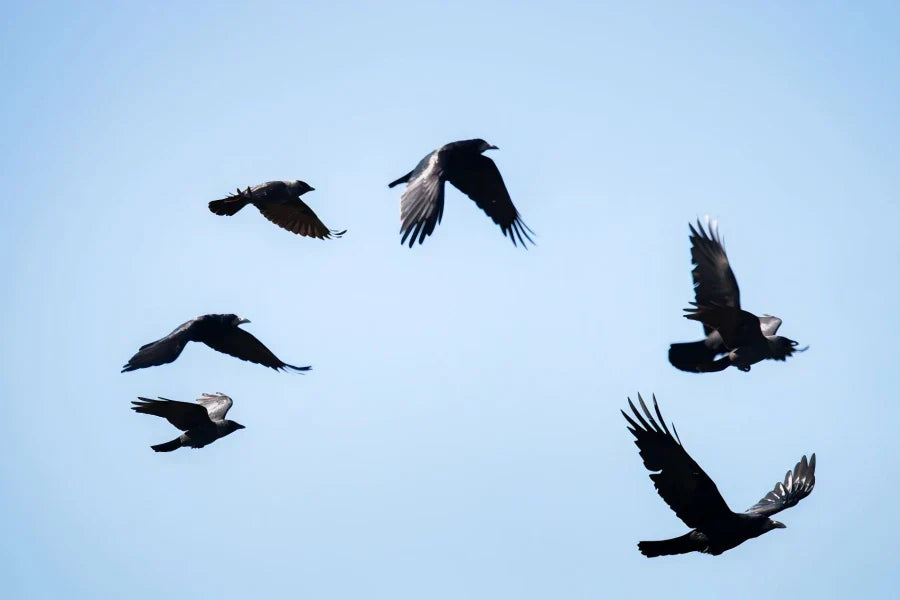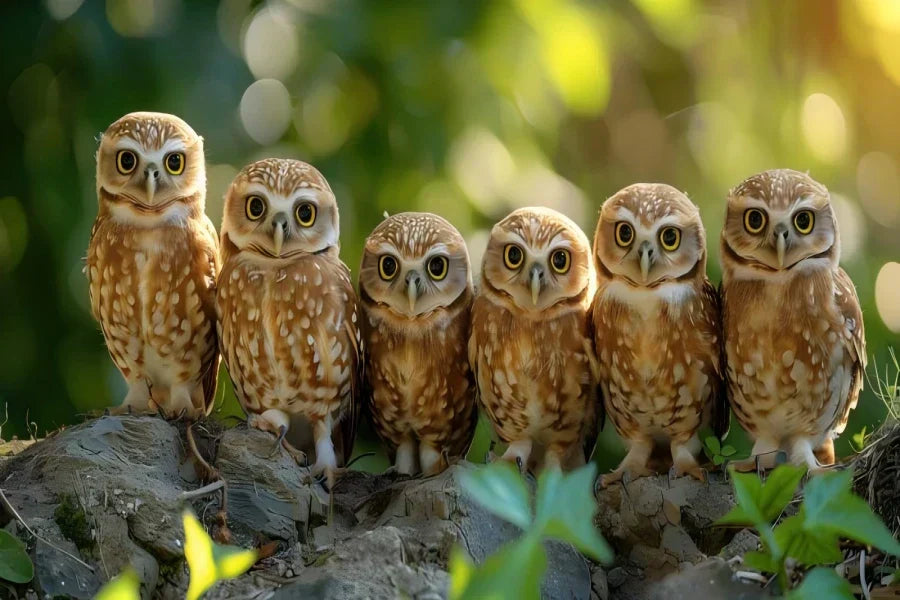Grackle Vs Crow: Understanding The Differences Between These Two Common Birds
Birds are a common feature in our surroundings, and some of the most regularly determined are the grackles and crows. Both are discovered across North America, frequently in city and suburban settings. While these birds may look somewhat similar at first glance, they're quite different in their conduct, food plan, look, and social systems. Grackles, a part of the blackbird family, are recognized for their iridescent feathers and noisy social groups. At the same time, crows from the Corvidae circle of relatives are celebrated for their intelligence and flexibility.
Understanding the distinctions between those two birds helps identify and offers insights into their captivating lives. This article will comprehensively compare the differences between grackles and crows, which specialize in their physical traits, feeding behavior, and intelligence.
Grackle Vs Crow Facts
Several key facts distinguish grackles from crows when comparing them. Grackles are smaller and lighter than crows, although each species exhibits black plumage. Their beaks, wings, habitats, and tiers additionally range significantly. While grackles tend to inhabit open spaces near water, crows are more adaptable, thriving in various environments. These physical and behavioral variations are key to understanding their roles in the ecosystem.
Size Difference
One of the most striking features of the differences is that, while the grackle is long, the crow is shorter. The former is much bigger than the latter in size and length and commonly grows up to 16 to 21 inches, while the latter is a little smaller, measuring 11 to 13 inches on average. This size difference was hypothesized to help make distinguishing between the 2 when seen within the same area easier.
Weight Difference
The weight of those birds also varies. Crows are bulkier, weighing between 12 to 24 oz., at the same time as grackles are lighter, with a mean weight of 3.5 to 5 ounces. The crow's larger length contributes to its ability to intimidate smaller birds, including grackles, which often retreat from food resources while crows are present.
Color Difference
At first glance, grackles and crows seem like blackbirds; however, their plumage exhibits wonderful differences upon closer inspection. Grackles have an iridescent sheen on their feathers, with red, blue, or green colors that shine in the sunlight. With the aid of evaluation, crows have uniformly black feathers that lack this metal, giving them a greater matte appearance.
Beak Difference
Grackles have longer, extra narrow beaks than crows' stout, thick beaks. The grackle’s pointed beak is adapted for foraging and cracking open seeds, even as the crow's stronger beak is perfect for tearing flesh or handling tough food like nuts. This beak variant aligns with their different dietary conduct and feeding techniques.

Wing Type Difference
Grackles have longer, extra-pointed wings, allowing them to fly in fast, direct paths while navigating open fields and wetland areas. Conversely, crows have broader wings with an extra-pointed curve, which gives them better maneuverability and the ability to jump or drift, an advantage in forested or urban environments.
Range Difference Habitat
Grackles and crows also vary in their geographical variety and preferred habitats. Grackles are typically found in the imperative and eastern United States, preferring open areas of fields, marshes, and agricultural regions. Crows are exceptional in their ability to occupy any region in North America and can migrate from rural to urban areas. From their source habitats of forests to towns and deserts, they are evidence of their strength.
Grackle Vs Crow Feeding Difference
Feeding behavior is another area where grackles and crows show marked variations. Both species are omnivorous, but their food regimen preferences and foraging techniques vary drastically because of their size, beak structure, and habitats.

Grackle Feeding
Grackles, broadly speaking, feed on seeds, grains, and bugs. They are known for their opportunistic feeding behavior, frequently foraging at the ground or in shallow waters. In city regions, grackles are notorious for raiding garbage cans and outdoor food sources. Their long, slender beaks assist them in picking bugs from water or digging for seeds. They are also renowned for devouring small fish or amphibians whilst to be had, making them flexible feeders.
Crow Feeding
Crows have a greater variety of diets than grackles, and their feeding behavior displays their intelligence. Crows eat almost anything they can find, resulting in vegetables, bugs, small mammals, carrion, and human food waste. They are notable hassle-solvers and could often use equipment or paintings together in organizations to access hard meal sources. Their robust beaks interrupt hard materials, including difficult-shelled nuts or even roadkill. Crows additionally cache food, hiding it for later consumption, and that's a behavior rarely seen in grackles.
Grackle Vs Crow Behavior Difference
Grackles and crows showcase specific behavioral tendencies, mainly in social interactions, mating, and breeding conduct. While both species are social birds, they show distinctive group dynamics and mating strategies.
Mating Behavior
Grackles are acknowledged for their problematic mating shows, especially the male’s puffed-up plumage and unique calls throughout courtship. These displays are designed to attract girls, who commonly choose buddies primarily based on the adult males' appearance and vocal competencies. Grackles tend to form monogamous pairs for a breeding season, and each parent contributes to raising their young.
Crows additionally shape lengthy-term monogamous bonds, frequently mating for existence. Their courtship rituals are less flashy compared to grackles. However, crows interact in mutual preening and different bonding behaviors. They are cooperative breeders, with younger crows frequently staying with their dad and mom for 12 months or greater to assist in boosting destiny broods. This prolonged circle of relatives shape strengthens social bonds within crow organizations, conduct now not discovered in grackles.
Breeding Behavior
Grackles typically build their nests in colonies, often close to water sources. After approximately weeks, they lay among four to 6 eggs in line with the snatch and the young fledge. The quick breeding season displays their speedy-paced reproductive cycle.
Crows, then again, have a more prolonged breeding system. They build huge, sturdy nests in trees or high locations and lay 3 to six eggs. Crows are fairly defensive of their nests, often seen chasing away predators or intruders. Their young might also stay with the circle of relatives organization for a prolonged time, contributing to the care of siblings in subsequent years.
Other Social Behaviors
Grackles are social birds that form large, noisy flocks, particularly during non-breeding seasons. These companies, known as "rafts" or "clouds," can incorporate hundreds or thousands of birds. They are often seen foraging together or roosting in big colonies, creating an unmistakable cacophony.
Crows are also exceptionally social but in a one-of-a-kind way. They live in smaller family agencies and show off complicated social interactions, which include vocal-verbal exchange and cooperative hassle-fixing. Crows are regarded to apprehend human faces, preserve grudges, or even pass on learned behaviors to other group members. This degree of social intelligence sets crows apart from many different bird species, including grackles.
Grackle Vs Crow Intelligence
Intelligence is one of the most captivating aspects of evaluating grackles and crows. Both birds are clever, but crows are widely considered one of the smartest species in the animal kingdom.
Cognitive Abilities
Grackles exhibit smart foraging conduct, such as following larger animals or human beings to find meals. They have been determined using simple trouble-fixing abilities to get the right of entry to food, showing a basic degree of cognitive capability.
Crows, however, are in a league of their intelligence. Studies have proven that crows can solve complex puzzles, use and gear, or plan for future activities. They can apprehend individual human faces, observe human behavior, and speak those observations to other crows. Their problem-fixing talents are similar to those of a few primates, making them one of the smartest bird species.
Communication
Grackles speak through several calls and loud, steel-sounding notes, which they use to set up territory and warn other birds. Even as various, their vocalizations are less complex than those of crows.
Crows have a wide range of vocalizations and can mimic human speech sounds. They use a sophisticated device of calls to deliver exclusive messages, such as alerting other crows to food or risk. Crows additionally use non-vocal verbal exchange, together with body language and eye touch, to interact with each different and different species.
Problem-Solving Skills
While grackles are opportunistic feeders, their trouble-fixing skills must be more restrained when finding meals in new environments. Crows, on the other hand, are known for their great trouble-fixing talents. They were found to use equipment and sticks to extract insects from holes and may even style gear from materials in their environment.
Crows also show an understanding of causality. They are seen using automobiles to crack open nuts, dropping them on busy roads, and looking forward to motors running over them. This behavior showcases their ability to use logic and adapt to human environments in ways that most other bird species can not.
Conclusion
While grackles and crows share a few superficial similarities, including their dark plumage and omnivorous diets, they're massively exclusive regarding bodily tendencies, behavior, and intelligence. In the continuing grackle vs crow assessment, it becomes clear that while both birds are fascinating on their right, crows stand out because of their top-notch cognitive abilities and adaptability, making them one of the most interesting species within the international bird.
Share
1 comment
Your site would have been much easier to learn from if each photo had a caption identifying specifically what bird is being shown. Without captions, the viewer must guess or just wonder.



